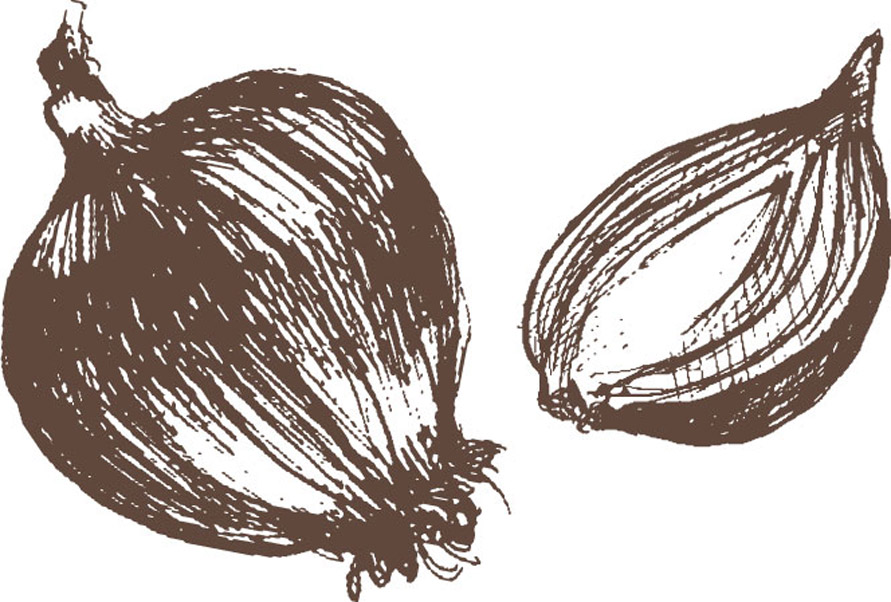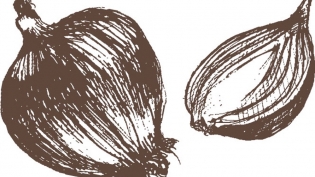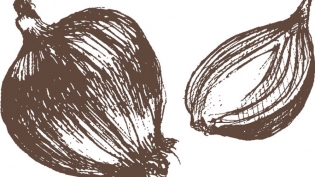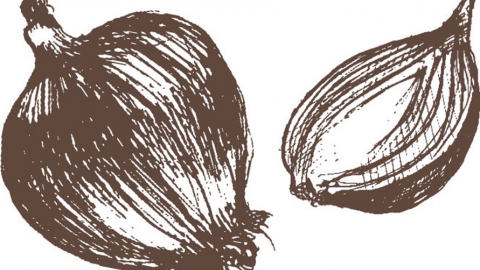Growing Onions
Beginning gardeners are more likely to have a pleasant experience and successful garden when they start with plants that are easy to grow; start in the fall, when pest and disease pressures are less; and grow vegetables that they already know their family will eat. Plants in the allium family, like onions, garlic, leeks, and chives, usually meet all three of those criteria.
The best time in the Upstate to plant most alliums is mid-September through the end of October. Onion bulbs and garlic heads generally can be harvested in early summer.
For garlic, you’ll need 8 ounces for a 10’ row. Separate the heads into cloves and plant them stem (pointed) side up, 3” deep, 5”-6” apart.
For fall onion planting, start with sets, which are just very small, immature onions. Plant 1”-2” deep and 6” apart, stem end up. If you want to harvest some of your onions at the green onion stage, plant them closer together and pull every other one as the greens become large enough to be useful. You’ll need 3 to 4 ounces of onion sets for a 10’ row.
If you’ve been amending your soil with good quality organic matter, you shouldn’t need to add fertilizer. Aren’t sure what’s in your soil? Have it tested for nutrient levels. You can pick up soil test bags and instructions at your local Clemson Extension office. Do be careful when fertilizing with nitrogen, since too much will encourage green topgrowth at the expense of the bulbs. Research also indicates that excess nitrogen may attract pests.
Onions and garlic don’t like competition from weeds. To help keep those weeds at bay, start with a light mulch in fall and winter, which also helps keep the elements from leaching out soil nutrients. Mulch more generously in the spring, as temperatures begin to warm up.









